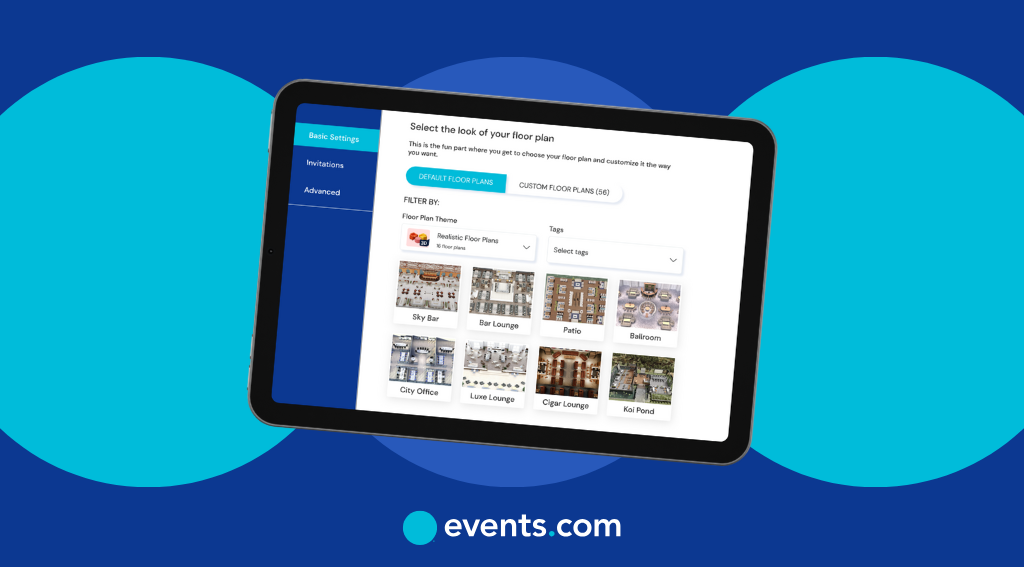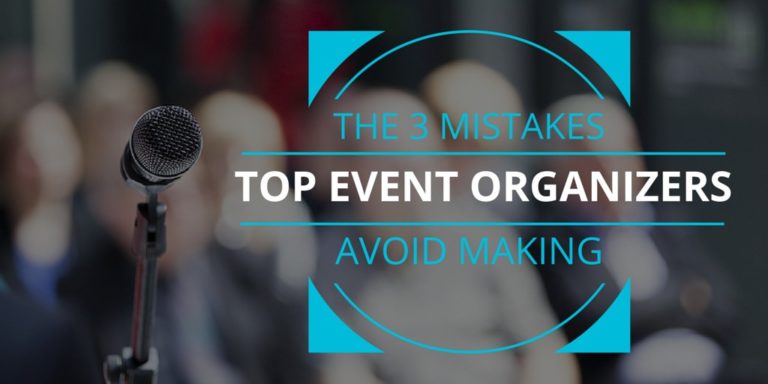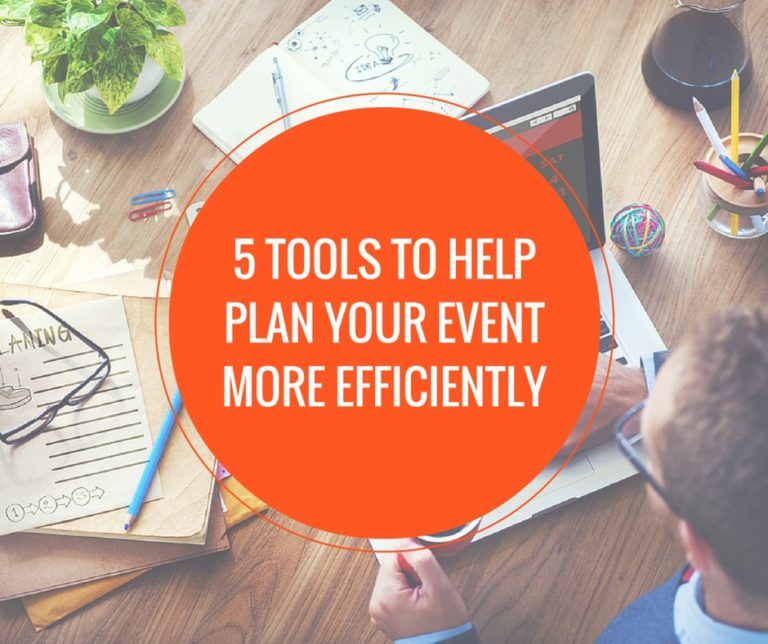Ever been to a virtual event that felt like a never-ending webinar? No energy, no interaction, just a screen full of muted faces. Yikes. The truth is, people expect more now. With so many online gatherings happening every week, the bar has officially been raised. Virtual event best practices aren’t just a nice-to-have anymore, they’re the secret sauce that separates a forgettable online call from an experience people rave about afterward.
Whether you’re planning a networking session, an online conference, or a team social, the goal is simple: keep it engaging, organized, and human. In this post, we’re going to break down exactly how to do that, with real-world tips you can actually use (not just theoretical fluff). Think smoother planning, better engagement, and those “This was actually fun!” reactions every event host loves to hear.
Part 1: The foundation — pre-event best practices
Before you ever hit the “Go Live” button, the success of your virtual event is already being decided behind the scenes. Think of this phase as laying the groundwork for a house, you can’t build something solid if the foundation is shaky. That’s why so many virtual event best practices start well before your audience ever logs in.
Let’s break down the five essentials that set the tone early.
- Define your north star
Ever tried planning an event without a clear purpose? It’s like trying to navigate a road trip without a map, you might move, but you’ll get lost fast. Before anything else, get super clear on your why. Are you trying to generate leads? Build brand loyalty? Educate your community? Your event’s purpose should guide every decision you make, from speakers and format to follow-up emails.
Once you’ve got the big goal, take it a step further by setting measurable event KPIs. For example:
- Number of registrants
- Attendance rate
- Session engagement (like chat participation or poll responses)
- Post-event survey scores
Putting these event metrics in place gives you a built-in way to track success and improve over time.
- Craft a dynamic agenda
If you’ve ever zoned out during a 60-minute online presentation, you know how easy it is to lose people. A dynamic agenda is one of the most important best practices for virtual events because it keeps the energy high and the audience locked in. Plan shorter, focused sessions that feel more like conversations and less like lectures.
Mix it up with varied event formats so your attendees don’t feel like they’re in another static webinar. For example:
- 15–30 minute sessions instead of hour-long segments
- Live Q&A, polls, chat prompts, or breakout rooms
- Built-in breaks so people can stretch or grab coffee
By switching formats and pacing, your agenda becomes more engaging and easier to follow — which increases retention and participation.
- Choose the right virtual venue
Not all platforms are created equal. Picking a virtual venue that fits your event goals is more than just a technical decision, it’s a strategic one. Whether you need networking tables, sponsor booths, or integrated analytics, your platform directly affects the attendee experience.
Choose a platform that fits your event style and audience size. Ask yourself:
- Does it support interactive tools like polls, Q&A, and breakout rooms?
- Can it handle the number of attendees we’re expecting?
- Does it offer strong analytics and reporting features?
- Is the user experience smooth and easy (without tons of downloads or friction)?
Investing time in the right platform now will save headaches later, and deliver a much smoother event. A lot of organizers lean toward platforms like Events.com Virtual for this exact reason: it combines networking tables, live engagement tools, sponsor areas, and analytics all under one roof. Instead of bouncing between multiple tools, you get a cohesive space that makes it easy to apply all these virtual event best practices in real time. Choosing a platform like Events.com Virtual can actually simplify your workflow while giving attendees a far more interactive experience.
- Master a modern SEO strategy
A great event is useless if no one shows up. That’s why SEO plays a surprisingly big role in virtual event planning tips. You need people to find your event online, not just through email lists or social media, but through organic search, too.
Focus on long-tail keywords that match what people are searching for. Use them naturally on your registration form, event title, and meta description. Consider writing a blog post tied to the topic and linking back to your registration page.
Things to include:
- Long-tail keywords like “virtual event best practices for nonprofits”
- SEO-friendly headlines and meta descriptions
- Internal links from related content or blog posts
This helps you attract a more targeted audience that’s already interested in what your event offers, boosting both attendance and engagement.
- Prioritize professional A/V
There’s no faster way to lose credibility than crackly audio or a video stream that keeps freezing. Using high-quality microphones, webcams, and a stable internet connection is one of the most essential best practices for virtual events in real time.
Investing upfront in solid A/V equipment (or making sure your speakers have access to it) instantly makes your event feel put-together and credible. If your speakers look and sound great, attendees are more likely to stay, engage, and trust your content.
A quick checklist to keep things smooth:
- Clear lighting (no dark, shadowy faces)
- External microphone or headset instead of a laptop mic
- Hardwired internet if possible, or at least a strong, tested Wi-Fi signal
- Conduct a technical rehearsal
Technical glitches can ruin even the best-planned events. One of the simplest yet most crucial virtual event best practices is to do a full technical rehearsal before showtime. This helps uncover any surprise issues before they happen live.
During the rehearsal, test all systems and train your speakers so they feel confident and polished. Cover all the basics:
- Audio and video checks
- Slide transitions and screen-sharing practice
- Platform permissions and browser requirements (Chrome vs Safari, etc.)
- Backup plans in case something fails
A smooth dry run not only prevents chaos, it helps your speakers feel more relaxed and professional on event day.
Part 2: The main event — in-session engagement
Now that you’ve laid a solid foundation before the event, it’s time to focus on what happens once you go live. This is the moment where everything clicks, or falls flat. The way you engage people during your virtual event is what turns passive viewers into active participants. Let’s walk through the virtual event engagement tips that keep energy high and attention locked in.
- Engage from the first minute to the last
You’ve got about three minutes to make a first impression. If those first few minutes feel stiff or slow, people start multitasking or leaving. That’s why one of the most practical virtual event planning tips is to kick things off with something unexpected, a powerful stat, a fun icebreaker, a quick story, or a question that makes people nod.
Think of it like the opening scene in a movie. If you get people hooked early, they’re way more likely to stay engaged. And it doesn’t stop after the intro , sprinkle energy boosters throughout so the tone doesn’t flatline midway through.
Ideas to keep momentum:
- Start with a bold question (“Did you know 70% of attendees leave webinars in the first 10 minutes?”)
- Use a quick poll right away
- Share a surprising anecdote or stat
- Foster a two-way conversation
Nobody wants to feel like they’re watching a prerecorded lecture. The best virtual events feel like conversations. Encouraging interaction through live chat, polls, emojis, and Q&A turns your session into a shared experience instead of a silent screen.
Interactive tools help participants feel seen and heard, and they give hosts real-time feedback. It’s one of the most effective best practices for virtual event engagement, because a chat full of comments and reactions creates a sense of community.
Ways to encourage two-way participation:
- Prompt attendees with questions in the chat
- Run live polls throughout the session
- Host open Q&A segments instead of just saving it for the end
- Gamify the experience
Everyone loves a little friendly competition. Adding game mechanics to your event, like quizzes, trivia, or a simple leaderboard, instantly boosts participation and makes the experience more fun. Gamification is more than a gimmick; it’s a proven engagement tool that taps into attendees’ natural desire to compete, collaborate, or just have fun.
This doesn’t need to be elaborate. A quick trivia question or a prize for the most engaged attendee can keep your audience alert and excited.
Examples of simple gamification tactics:
- Real-time quiz with a reward
- Leaderboard for participation during breakout sessions
- Challenges that encourage people to answer or share in chat
- Master the art of moderation
Even with a great speaker and fun content, things can get chaotic without a moderator. Having a dedicated moderation team is a best practice for virtual events that helps maintain flow and professionalism. Moderators can manage chat questions, troubleshoot tech issues, and keep the session running smoothly, so your speakers can focus on delivering value.
Think of moderators as the backstage crew making sure everything feels seamless on camera. When done well, attendees don’t even realize how much work is happening behind the scenes, they just feel taken care of.
A good moderation setup includes:
- Someone monitoring chat and Q&A
- A backup person to handle technical problems
- Clear communication between speakers and moderators (via private chat or Slack)
When you combine these in-session best practices, strong beginnings, interaction, solid tech, fun elements, and good moderation, you turn a regular online session into a memorable, engaging experience. Virtual event engagement tips aren’t just about features; they’re about making people feel involved.
Part 3: The afterglow — post-event impact
Just because the live event is over doesn’t mean your work is done. In fact, some of the most valuable virtual event best practices actually happen after the last session ends. This is where you gather insights, extend value, and turn a one-time experience into long-term impact.
- Listen and learn
Your attendees just spent time with you, now is the moment to find out what resonated and what fell flat. Sending a post-event survey is one of the most underrated virtual event follow-up best practices. It gives you real feedback straight from the people who matter most.
Surveys don’t need to be long or complicated. Just a mix of quick multiple-choice questions and one open-ended prompt can reveal patterns and help you improve future events.
Helpful survey questions might include:
- How satisfied were you with the event overall?
- Which sessions did you enjoy the most?
- Was there anything missing you hoped to see?
- Would you attend another event hosted by us?
The goal isn’t just to collect data, it’s to show attendees that their voice matters and to create a cycle of continuous improvement.
- Track the metrics that matter
Beyond feedback, you’ll want to dive into the analytics. This is where the numbers tell a story: who registered, who stayed, what sessions were most popular. These insights are crucial for proving event ROI and shaping your next virtual event strategy.
When you track metrics consistently from event to event, patterns emerge, and those patterns can completely change the way you plan. It’s one of the core best practices for virtual event success long-term.
Some key event metrics to look at:
- Registration vs. actual attendance
- Average watch time or drop-off points
- Engagement rates (chat activity, poll participation)
- Download or click-through rates for content during or after the event
The more you know, the more intentional your next event becomes.
- Build a content engine
One of the biggest virtual event planning tips people overlook is how much content you already have after the event wraps. Instead of letting recordings gather dust in a folder, repurpose them into blogs, social posts, highlight reels, or even gated content to drive leads.
This not only extends the value of your event, it also saves you time in future content creation. Your event becomes a content engine for weeks or months afterward.
Ways to repurpose content:
- Short video clips for TikTok, Instagram, or LinkedIn
- Blog summaries or recap posts
- Quotes or stats turned into graphics
- Bonus content or PDF downloads for newsletter subscribers
It’s one of the smartest ways to keep the event alive, even after it’s over. On that note, another underrated perk of Events.com Virtual is the way it stores and organizes your event recordings. Instead of digging through folders, you can quickly export clips, save your sessions, and repurpose them into marketing content right from the dashboard. This makes building a content engine so much easier, since your material is already centralized and ready to use for blogs, social posts, or promo teasers for future events.
- Nurture Your Community
The event might be done, but the relationship doesn’t have to end. This is where virtual events become more than one-off experiences, they become the entry point to a long-term community. Sending personalized follow-ups, thank-you emails, bonus resources, or invites to a private group can deepen those connections.
People want to feel like they’re part of something, not just numbers on a registration form. Ongoing touchpoints help turn attendees into loyal followers or even customers.
A few nurturing ideas:
- Send a thank-you email with the recording and a personal note
- Invite attendees to a private Slack group, forum, or LinkedIn community
- Offer early access to your next virtual event or related product
When you keep that conversation going, you turn one event into a meaningful relationship, and that’s where real business growth happens.
Great events start here.
At the end of the day, virtual event best practices aren’t about having the fanciest tools, they’re about being intentional and human at every stage. When you lay the groundwork before the event, keep people actively engaged during the session, and follow up thoughtfully afterward, your event stops feeling like “just another webinar” and starts feeling like a real experience.
If you follow the strategies in this guide, from defining your North Star to nurturing your community, you’ll not only create more polished events but also build real loyalty with your audience over time. It’s all about connection, clarity, and continuous improvement.
Want to bring these strategies to life? If you’re ready to turn virtual events into unforgettable experiences, Events.com can help. Their all-in-one platform empowers you to engage attendees, collect data, and repurpose event content with ease. Book a demo with Events.com Virtual today and see how you can take your next event from good to truly great.
Frequently asked questions about virtual event best practicesÂ
- How do I plan a virtual event?
Start with a clear goal, choose the right platform (like Events.com Virtual or something equally robust), and build a realistic timeline. Map out your agenda, assign roles, and run a tech rehearsal. Most importantly, think about the attendee experience from start to finish.
- What are the best practices in event planning?
Whether the event is in-person or online, the fundamentals are the same: define your purpose, know your audience, create meaningful content, test your tools, and follow up afterward. For virtual events specifically, engagement tools like live chat, polls, and Q&A are a must.
- How do I choose the right virtual event platform that suits my event goals?
Look at your goals first, is it networking, lead generation, education, or brand visibility? Choose a platform that has the features to match those goals. For example, if networking and engagement are top priorities, a tool like Events.com Virtual (with built-in breakout rooms, sponsor areas, and engagement analytics) might be a stronger fit than a basic webinar tool.







